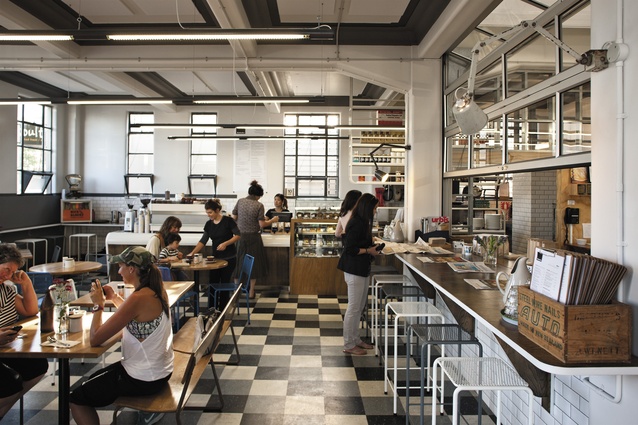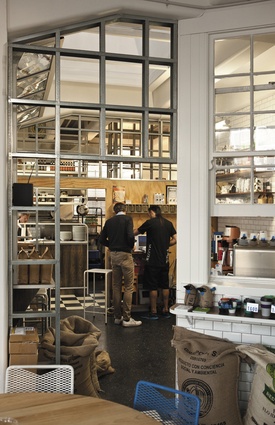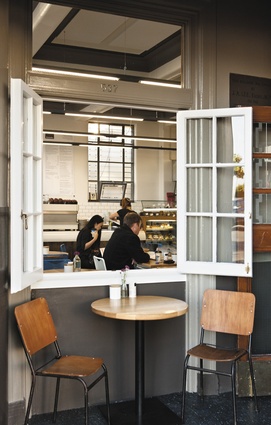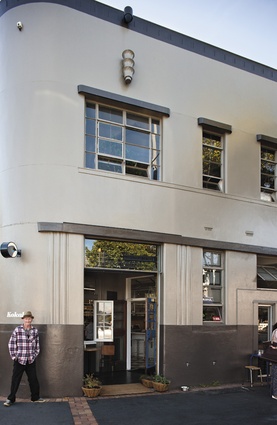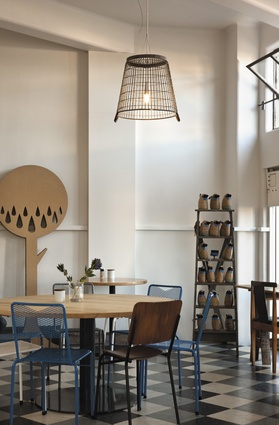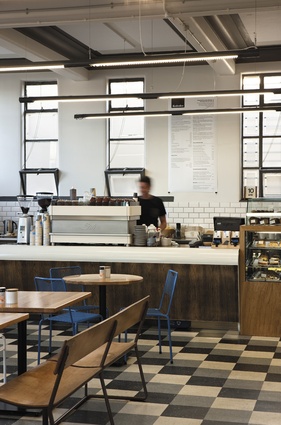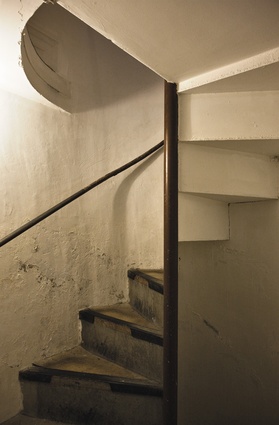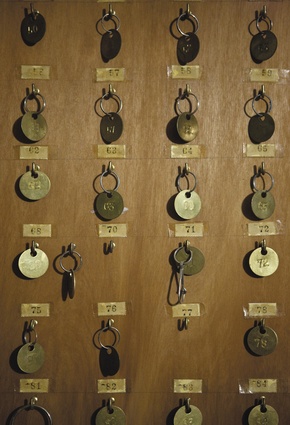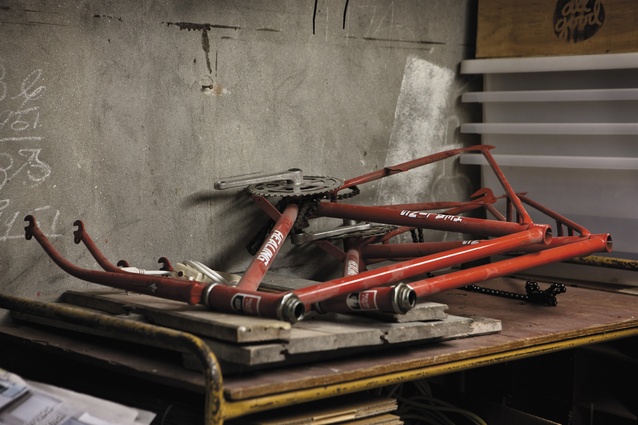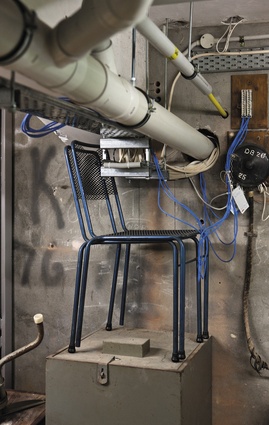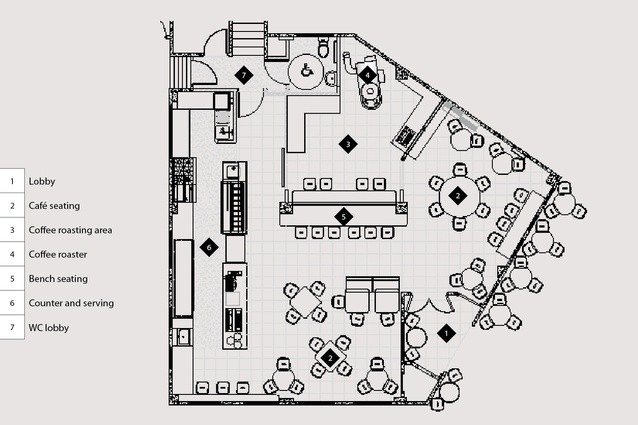Kokako
The passing of any community institution is a moment for pause and reflection about the nature of commerce and the ways new technology affects business models thought tried and tested. The Grey Lynn Postshop Kiwibank had for many years provided good service to those in its catchment; yet the mail has changed. Internationally, it was reported in September last year that the United States Postal Service stood to lose $10 billion and was desperately trying to downsize, as reported in the International Business Times, by “attempting to reduce one-fifth of its workforce, [and] closing 3,700 branches”.
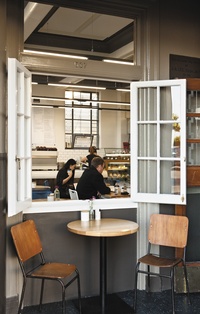
In the New Zealand microcosm, things are less dire – but dire enough for New Zealand Post, mid-way through last year, to warn the Government it was making a $40 million loss on its store network. Some stores, including the Grey Lynn branch, were earmarked for closure or downgrading, with reasons given by the State-owned company including a preference of email over ‘snail mail’, bill paying and vehicle licensing online, and online banking by Kiwibank’s customers. New Zealand Post and Kiwibank is now working with Designworks to develop its new retail concept.
That was a massive digression but it sets the scene into which Kokako, an organic café and coffee roasting business, has stepped. Despite the community angst before the shutting of the Post Office, which was housed in a rather handsome building (although monolithic and bunker-like) with some art-deco features, Kokako has managed to engender a loyal following in a short amount of time. To its credit, it has also managed to make more ‘friendly’ a corner of Grey Lynn compromised by an awkward intersection. This is an introspective building, with a number of features which could be read as deficiencies. Yet, given the building’s position on a busy road, they enhance the interior atmosphere rather than work against it.
Chris Stevens, who worked with Kokako’s Mike Murphy on the redesign of the interior, says the building’s existing windows were one such factor. When you approach a design with a key criteria being that the interior feel “bright and airy on even the greyest day”, then windows with sills above eye-level aren’t going to lend themselves to creating a physical relationship with the great outdoors. Moreover, says Stevens, “given their height, they actually accentuate the fact that you’re inside when it’s sunny”. A classic paradox – but one with redeeming features, such as a high stud, “and an elegant space with a fantastic light-shaft, which allows daylight to flood into the space all day.”
“This, along with daylight-correct fluorescent lighting ensures the space is bright and welcoming at all times.”
Overall, Stevens describes the general design concept as being of a “deconstructed nature”, with the emphasis on honesty of expression and not “random eclectic or industrial components”.
“Everything had to have a purpose,” he says, citing as an example the roastery, a working area in the building’s heart that is only lightly divided from the café’s main floor area. In the weekends, the roastery is unmanned, so the space doubles as an additional seating area.
“To achieve this dual use, we used steel stud framing as partitioning which was left either partially or completely un-clad. We also installed a glazed vertical bi-folding garage door to enable the area to be closed off for acoustic reasons should the need arise.”
As you’d expect, acoustics in a “concrete bunker” were also a challenge.
“To overcome the chronic echoing, we installed 25mm acoustic panels as a feature within the historic ceiling details, to help mediate the noise from chatting patrons.”
To tie the ground plane to the roof, the design also specified that the ceiling mouldings be painted in graduating colours that matched the tiles selected for the floor, which were specified in a colour palette derived from the Kokako branding and packaging.
Other joinery elements are constructed from powder-coated steel frames with hand-finished timber facings. The designer left this structure exposed and it forms a key design element. The furniture was custom-made and based on an original 1960’s chair that once was used in the pharmacy owned by Mike Murphy’s father, and subsequently passed on. A new stool was designed based on the form of that chair and both were powder-coated in brand-appropriate colours.
For an organic café, sustainability had to be considered. The design, says Stevens, had to match the company’s “hard-earned brand integrity”. Many interior elements were sourced from the local demolition yard; sliding doors and sash windows are from villas in and around Grey Lynn. Drawing a long bow, this might, partly, explain why this café has become so popular; for the chattering classes it is a home away from home.

